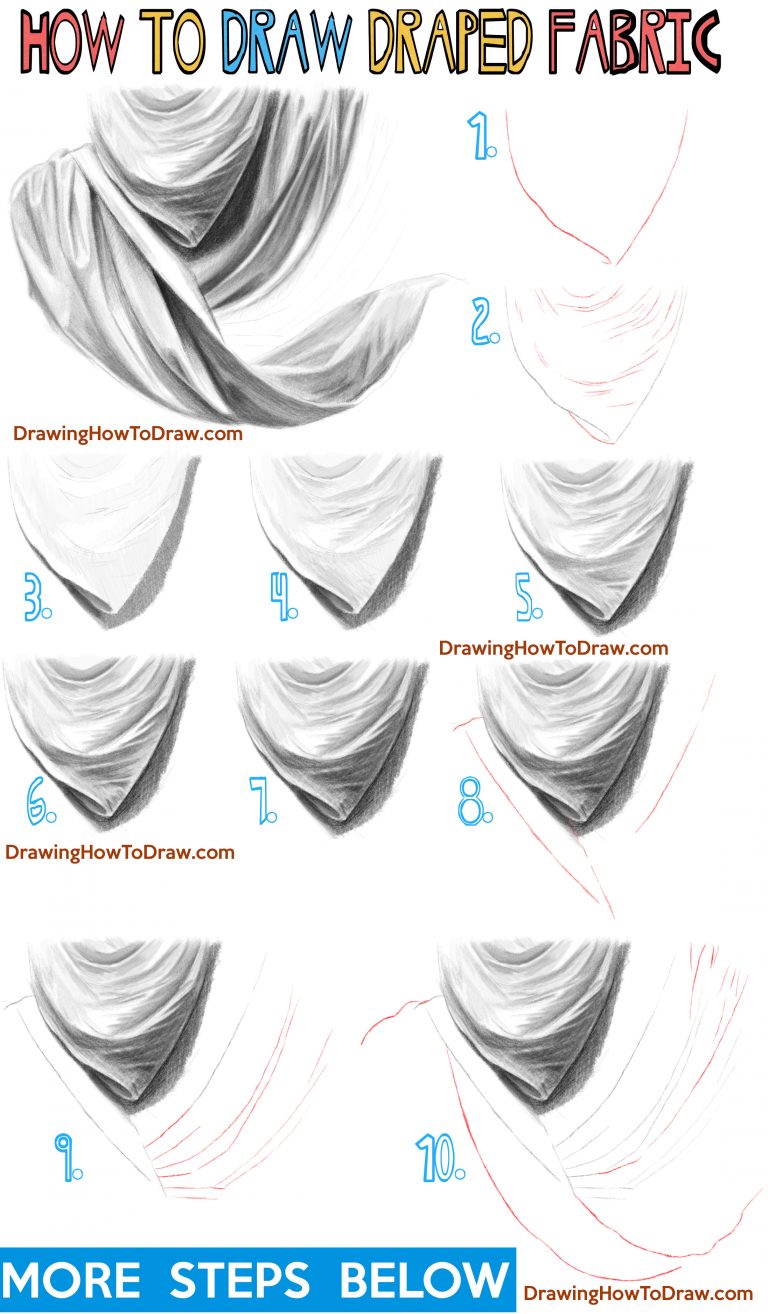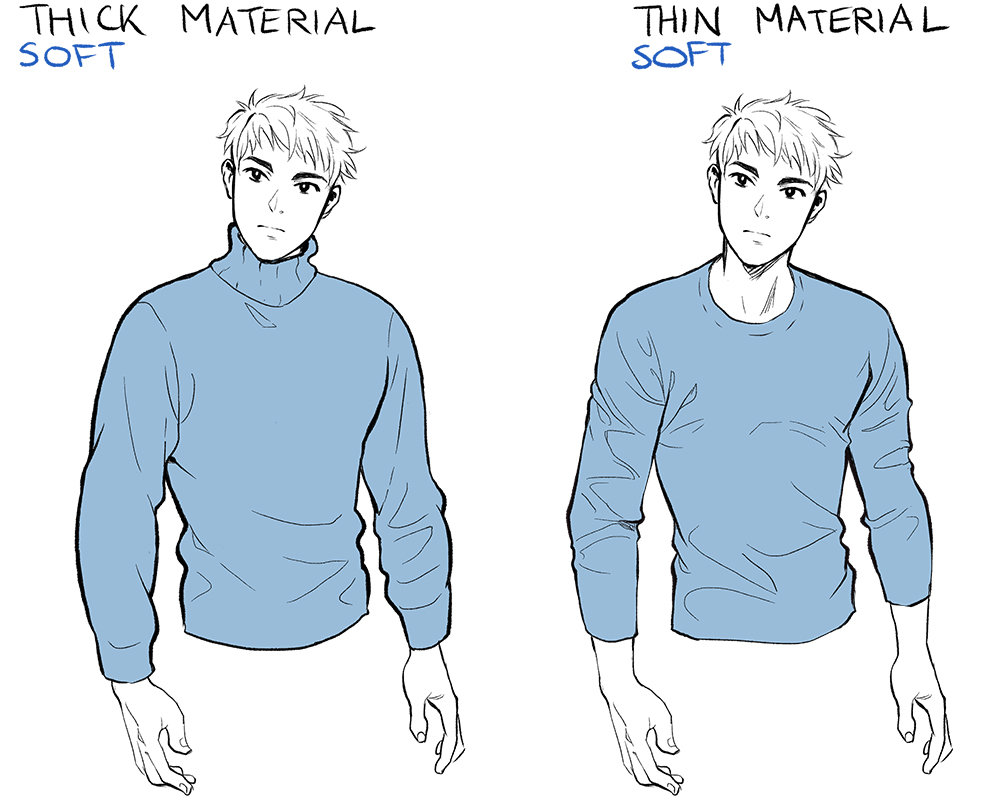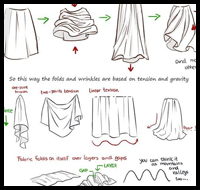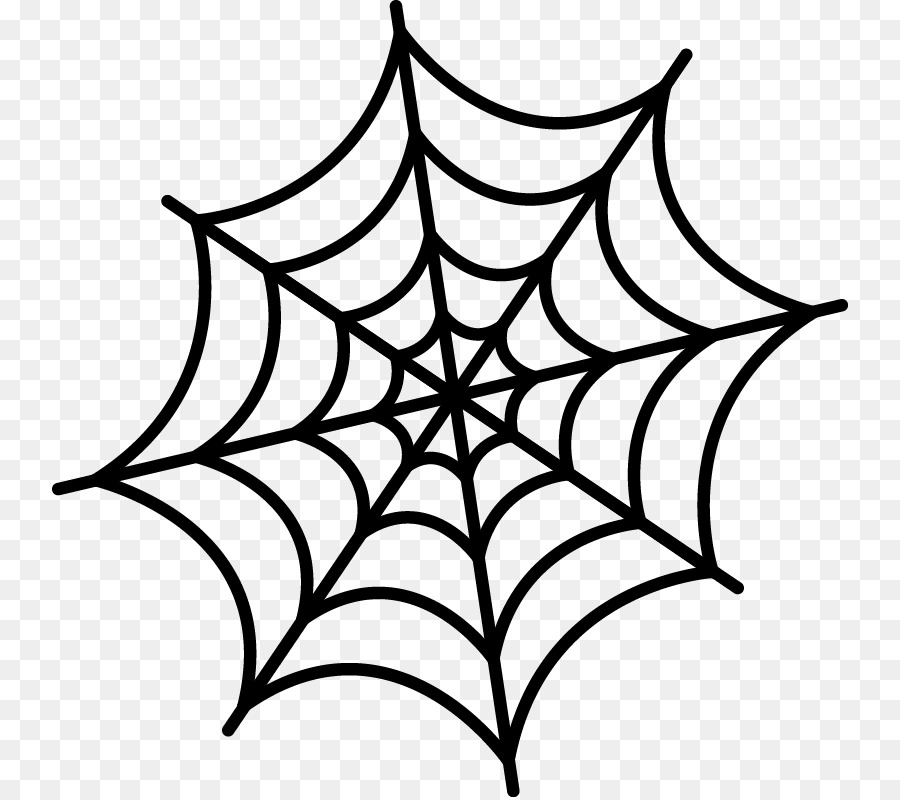Folds drapery draped creased wrinkles creases
Table of Contents
Table of Contents
If you’re an artist who wants to add more realism to your drawings of clothing, learning how to draw fabric folds is an essential skill to master. From the movement of a dress on a figure to the wrinkles on a pair of pants, understanding how fabric behaves when it’s draped or gathered can make your illustrations more dynamic and eye-catching. In this post, we’ll explore tips and tricks for drawing beautiful fabric folds that will take your artwork to the next level.
The challenges of drawing fabric folds
Many artists find drawing fabric folds difficult because it requires a good understanding of how fabric moves and behaves. Without this knowledge, your drawings can look stiff and unrealistic. Additionally, capturing the nuances of different types of fabric, such as silk versus denim, requires a different approach.
How to draw fabric folds
The first step in learning how to draw fabric folds is to study the real thing. Observe how different fabrics react when they’re twisted, draped, or gathered. Take note of the shapes and lines that are created by the folds, and how the wrinkles change with each new position. Once you have a good understanding of how fabric folds look in real life, you can start incorporating those details into your drawings.
When drawing fabric folds, start with a light pencil sketch of the garment. Then, sketch in the basic outline of the folds, making sure to vary the size and direction of each fold to create a more natural look. Use shading to create the appearance of depth and volume, and add details such as stitching or buttons to give your illustration a finished look.
Main points to remember when drawing fabric folds
When it comes to drawing fabric folds, there are a few key points to keep in mind. First, pay attention to the direction of the light source, as this will affect the way shadows fall on the fabric. Also, don’t be afraid to exaggerate the folds in your drawing, as this can make the fabric look more dynamic and interesting. Finally, practice is key when it comes to mastering the art of drawing fabric folds. The more you draw and experiment, the better your skills will become.
Targeting your drawing of fabric folds
One way to improve your skills in drawing fabric folds is to target your practice sessions. For example, you could focus on drawing different types of fabric, such as chiffon or velvet, to gain a better understanding of how each fabric behaves. Alternatively, you could challenge yourself to draw folds in different poses or movements, such as a skirt blowing in the wind or a jacket slung over a shoulder. Experimenting with different scenarios can help you expand your skills and develop your own unique style.
Practicing with a personal touch
One of the most effective ways to improve your skills in drawing fabric folds is to practice regularly. However, it can be hard to stay motivated if you’re just practicing for the sake of it. That’s why it’s important to give your practice sessions a personal touch. For example, you could practice by drawing your favorite outfit or a dress you saw in a shop window. This way, you’ll be more invested in the process, and you’re more likely to keep practicing until you get it just right.
Mastering different types of fabric
While the basic principles of drawing fabric folds apply to all types of fabric, each material has its own unique properties that require a slightly different approach. For example, a thick woolen sweater will have very different folds from a light silk scarf. By studying the behavior of different types of fabric and experimenting with different drawing techniques, you can develop your skills in drawing a variety of fabrics.
Troubleshooting common fabric drawing mistakes
Even experienced artists can make mistakes when drawing fabric folds. Some common mistakes include making the folds too regular or symmetrical, not paying attention to the way light affects the fabric, or not adding enough depth to the folds. To avoid these mistakes, take your time when drawing and observe the real-life garment closely. If you’re still struggling, consider taking a class or workshop on cloth drawing to get tips and feedback from other artists.
Question and Answer
Q: How can I make my fabric folds look more realistic?
A: Pay attention to the way shadows fall on the fabric, and experiment with different shading techniques to create the appearance of depth and volume. Also, don’t be afraid to exaggerate the folds in your drawing to make the fabric look more dynamic.
Q: What materials should I use when drawing fabric folds?
A: Any type of paper and pencil can be used to draw fabric folds. However, some artists prefer to use materials such as charcoal or ink to create a more dramatic effect.
Q: How long does it take to master the art of drawing fabric folds?
A: There’s no set timeline for mastering the art of drawing fabric folds. It will depend on how much time and effort you’re willing to put into practice, and how quickly you’re able to incorporate new techniques and feedback.
Q: Where can I find more resources for learning how to draw fabric folds?
A: There are many books, online classes, and tutorials available that can help you develop your skills in drawing fabric folds. Some popular resources include “Drawing Drapery from Head to Toe” by Cliff Young, and courses on websites such as Skillshare or Udemy.
Conclusion of how to draw fabric folds
Drawing fabric folds can be challenging, but it’s an essential skill for any artist who wants to create realistic and dynamic illustrations of clothing. By studying the behavior of different fabrics, experimenting with shading and texture, and practicing regularly, you can develop your skills in drawing beautiful fabric folds and take your artwork to a new level.
Gallery
How To Draw Draped Fabric With Creased Folds, Wrinkles On Clothing

Photo Credit by: bing.com / folds drapery draped creased wrinkles creases
Essential Tips For Drawing Drapery And Folds | Art Rocket

Photo Credit by: bing.com / folds drawing fabric reference clothes shirt anime draw clothing tips drapery pants body clipstudio volume manga essential male sketches poses
How To Draw Folds In Clothing And Fabric, A Step-by-Step Tutorial

Photo Credit by: bing.com / folds gvaat
How To Draw Clothing Wrinkles And Fabric Clothes Wrinkles Drawing

Photo Credit by: bing.com / draw fabric drawing folds wrinkles fashion clothing clothes step lessons drape showing illustration drawinghowtodraw
Fabric Drawing, Drawing Tutorial, Drawings

Photo Credit by: bing.com / folds drapery inert observational drawsh fold fbcdn





